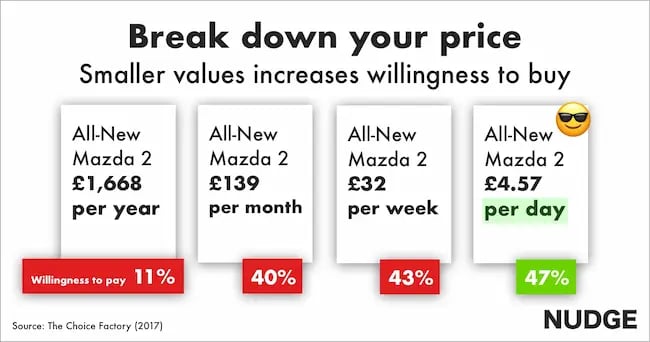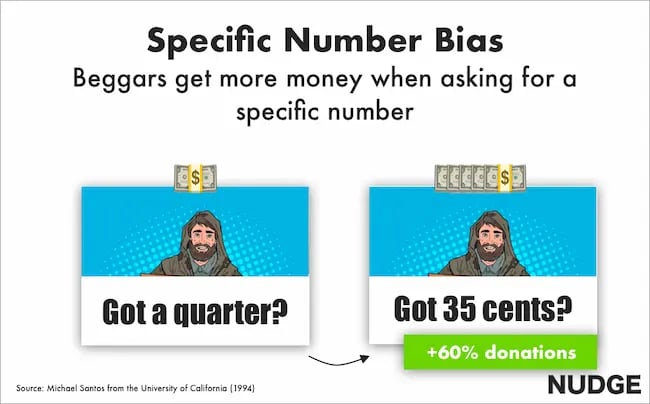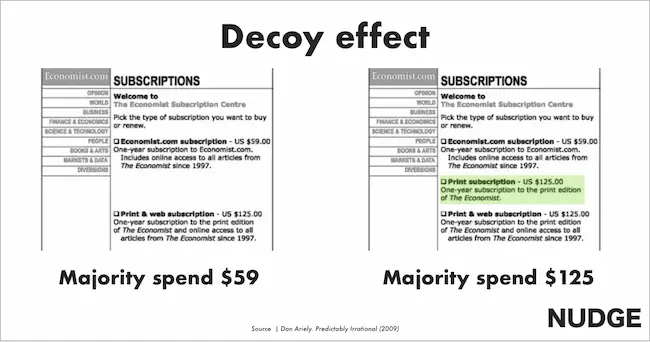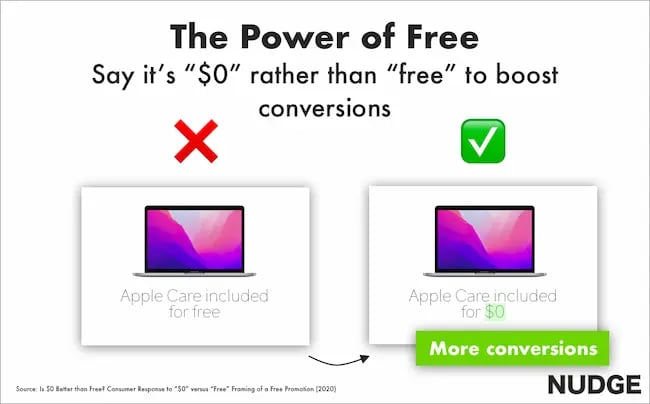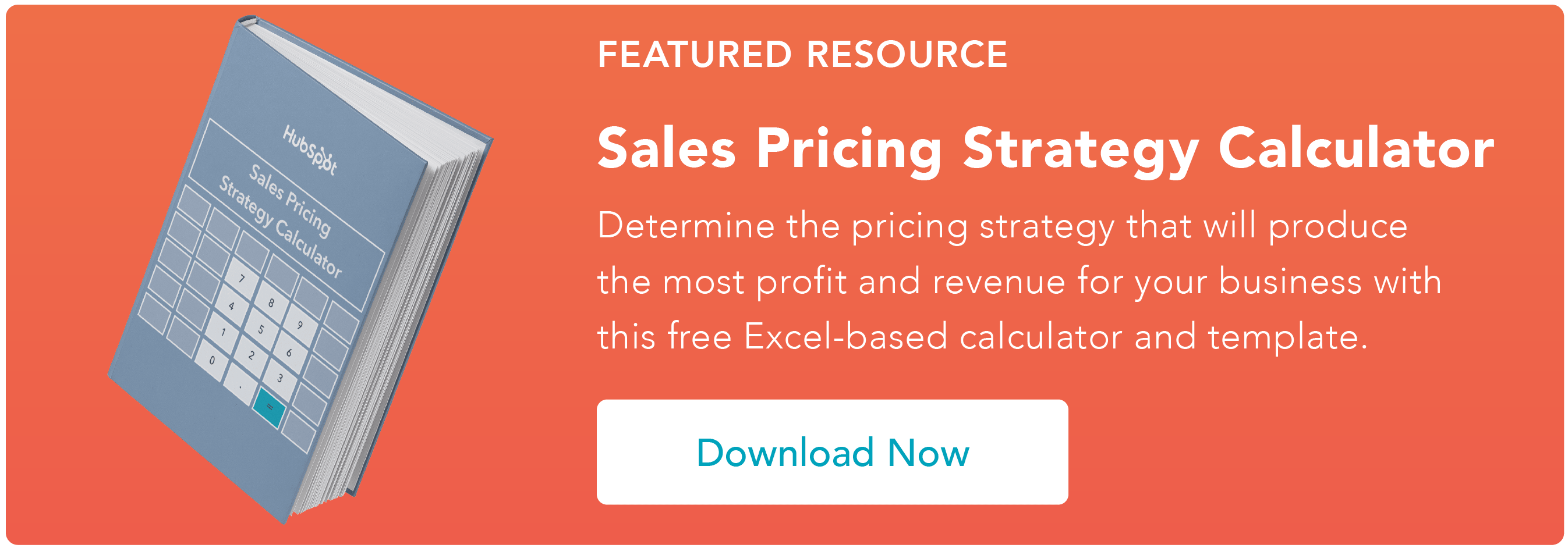“So, where do you see yourself five years from now?” Oof, that can be a tricky interview question, especially if you’re unsure of your professional goals.
When I graduated from college and started interviewing in my chosen field, I felt like I needed to plan my entire professional life, complete with one concrete end goal.
To be honest, it was overwhelming. I desperately needed actionable advice to plan steps to reach my professional goals.
In this post, we’ll define professional goals, provide examples, and give you tips so you can plan, meet, and exceed the goals you set for yourself.
Tips for Achieving Professional Goals
Work Towards Your Professional Goals
What Are Professional Goals?
Professional goals are achievements or milestones you hope to achieve in your career. These include personal and professional development, skill development, salary increases, career advancement, and switches.
Professional goals are often personal, but they don’t have to be. You can set professional goals for yourself and your team to help improve your organization and elevate it to the next level.
What makes a good professional goal?
What separates a professional goal from a wish is that professional goals are attainable and achievable when designed with the appropriate framework.
It’s important to point out that you might have one overarching professional goal, like “become professionally bilingual.”
However, under your overarching goal, you might have smaller, more manageable goals with a specific, actionable framework attached to them to help you reach your biggest goal.
The SMART goal framework is the perfect framework to apply to reach your big and small goals. The letters of SMART stand for:
- Specific
- Measurable
- Attainable
- Relevant
- Time-Bound
Let’s examine each letter so that you understand how to structure your goals for maximum achievement.
Specific
When writing your own professional goals, you need to be specific. For example, if you want to become bilingual to position yourself ahead of your competition in the job market, you need to be specific about the language you’ll need to learn.
There are over 2,000 languages worldwide, but only one or two will be relevant to your job market. Take some time to research your field before choosing your second language.
In other words, you need to ensure your smaller goal is specific enough to help you reach your overarching goal.
Measurable
If your goal is measurable, you can easily track your progress. You can make your goals measurable by including a number. For example, if your goal is to learn Spanish, a more measurable goal would be, “Learn five new Spanish vocabulary words.”
The difference between “Learn five new Spanish vocabulary words” and “Learn Spanish” is that you now have something to work on. Making your goals measurable can help break down the task, too.
Attainable
If your goals aren’t attainable, there’s a good chance they’ll fall into the “wishes” category. By adjusting your goals to your ability, you have something to work towards.
Once you reach your initial goal, you can change your objectives for continued improvement.
Attainable goals are helpful because they help you see how far you’ve come from your baseline. Small wins are encouraging and can help you push through to the end.
Relevant
The trick to the SMART goal framework is to keep your objectives relevant. For example, if I wanted to learn Spanish as a global sales rep, I would need to focus on learning vocabulary specific to my job.
While watching Spanish comedians might be a great way to learn new slang, it won’t help me communicate effectively and professionally with my clients.
Before setting your goals, ask yourself, “Will this goal help me reach my desired objective?” If the answer is yes, make sure it’s specific enough, measurable, and attainable. If the answer is no, this might be a goal you set aside and pick back up later.
Time-Bound
Putting a time frame on your goal helps you increase your motivation and stay accountable for your progress. Plus, when your goals are specific, measurable, attainable, and relevant, you can track your progress and better visualize your wins.
If you’re like me and tend to get off track, SMART goals are your best friend.
Writing and implementing SMART goals can help you reach your professional goals much faster because you can break your ultimate objective into actionable steps. Think of them as your plan for success!
Professional Goal Examples
Ready to set a goal for yourself, but you need some examples? Here are FIFTEEN examples of professional goals:
1. Land an internship
If you’re a college student looking for work experience or want to enter a new industry, landing an internship is an excellent goal. Internships are a great way to gain the skills you need to be successful in your industry.
Plus, you’ll gain insider knowledge. You can acknowledge your experience on your resume, giving you a leg up on your competition.
Pro tip: Check with your local labor unions or your university’s Student Success Center for leads on potential internships.
2. Grow Your Network
When I decided to become a freelance writer, I knew I needed to grow my network and connect with others.
Growing your network is a good idea for many reasons, including collaborating with like-minded people and uncovering career opportunities.
Becoming active on social media platforms, like LinkedIn, and attending in-person meetings is a great way to make yourself available and gain new connections.
Pro tip: If you want to grow your network online, commit to regularly posting updates on social media. Social media management tools can help you keep up with your posts and nurture relationships with your followers.
3. Learn a New Skill
Increasing your skill set is a fantastic professional goal. Think about the skills you need to be successful in your work. Are there any skills you need to brush up on?
Or, if you’re looking to change careers or get a promotion, which skills will make your transition easier? Make a list and find ways to gain those skills, like taking a class or attending a seminar.
Pro tip: After making your list of desired skills, use the SMART goals framework to create an actionable learning plan.
4. Start a Podcast
Kaitlin Milliken, Senior Program Manager HubSpot, made starting a podcast one of her professional goals. Podcasting is a great way to gain technical and interviewing skills.
Milliken says, “One of my professional goals was to start a podcast. I was lucky enough to work as a multimedia producer at a startup that was looking to kick one off. I started by listening to other shows for inspiration — Reply All, The Journal, and Post Reports were really big at the time.
Miliken says she spoke with a few folks who had started their own hobby shows to get a sense of what gear was available within her budget.
“After that, I pitched ideas, wrote scripts, and started booking interviews. The big challenge was finding the time,” she says. “I was still reporting stories, making newsletters, and creating videos in my role.”
She explains, “I had to be very intentional about blocking off time on my calendar so I could accomplish this professional goal.”
Pro Tip: If starting a podcast is one of your professional goals, listen to related podcasts for inspiration for your own.
5. Earn a Professional Certificate
Depending on your job, you may need a professional certificate to advance your career. As a teacher, I needed to become licensed to teach my chosen subject. So, I spent a lot of time taking education courses to gain licensure.
If earning a professional certificate is on your list of professional goals, look for classes that offer relevant certifications. Then, commit to signing up for and completing the course.
Pro tip: Many companies offer continuing education courses for their employees. Take advantage of these offerings to advance your career and deepen your knowledge base. HubSpot Academy is also a great resource for learning new skills and receiving certifications.
6. Start a New Business or Company Initiative
Your personal goals can double as a company initiative, too. Not only will you benefit from gaining new skills, but your company benefits from your efforts, too. Caroline Forsey, Principal Marketing Manager at HubSpot, made starting a new company-wide initiative one of her professional goals.
Forsey says, “A professional goal I set for myself was to own the first thought leadership program at HubSpot — I succeeded in doing so by leaning into team and company-wide goals and ensuring my program became indispensable to hitting those goals.”
She explains, “So, for instance, I knew our team-wide goals were to grow organic traffic on the SERPs.”
Rather than leaning into social or email views for my program, Forsey ensured she kept organic views top-of-mind with each piece of content she created for the program.
“I continued to ask myself: Does this have search intent? Is there MSV? Can I make it more SEO-optimized?” she explains. “It’s always tempting to lean into personal interests when creating and working towards a goal, but it’s critical you keep the larger picture top-of-mind if you want it to gain buy-in from stakeholders.”
7. Become a Pro at Time Management
If you’re anything like me, the workday can slip by before you know it. And in times like that, productivity seems to go out the window. Becoming better at time management is an excellent professional goal and a necessary skill for many jobs within any industry.
To improve your time management, you might need to reduce your distractions or use a planner to schedule your workday.
Pro tip: Time blocking is a fantastic way to stay on task. At the start of each day, write down your to-do list and break it into smaller chunks that you can complete in a certain amount of time. Then, commit to completing those tasks during your given timeframe.
8. Increase Your Sales
If you’re in sales, you know how important it is for your company to reach your sales and revenue targets yearly. So, setting “Increase My Sales” as a personal and professional goal is not a bad idea. Take a look at your numbers, then determine where and how you need to improve it.
Pro tip: Check with your managers about their sales enablement program. Sales enablement can help you learn how to manage your sales more effectively.
9. Be a Star Employee
Becoming a star employee is really about advancing your career within your company. Erica Santiago, Marketing Manager at HubSpot, made this one of her professional goals and told me how she did it.
Santiago says, “A professional goal of mine at HubSpot was to really own a lane in terms of content so that I could be a go-to for certain projects and really get my name out in the company.”
She says she noticed other writers and contributors seemed to really own a topic, and it helped them stand out.
“I wanted to do the same to set myself up for opportunities,” she says. “I achieved this by taking a moment to ask myself what my strengths are, what topics I enjoy, and how these things tie in with HubSpot’s greater goals.”
Eventually, Santiago realized that the creator economy is a topic that she’s really familiar with, thanks to the content creation she does outside of HubSpot.
She then realized there are content creators who could benefit from HubSpot’s marketing products and blog content.
“From there, I took it upon myself to write more content centered on creators and eventually started my series ‘The Creative,'” she explains. “It‘s still getting off the ground, but the content that’s come out so far has proven it to be a promising project.”
She continues, “Now, I‘m regularly assigned creator economy-based content, and I’ve carved my own niche within the marketing blog.”
10. Become a Mentor
If you feel you have a lot of industry experience and knowledge to share, consider making “Become a Mentor” one of your professional goals. As a mentor, you’ll gain leadership skills, like teaching, while positioning yourself as a leader in your field.
Pro tip: If you want to become a mentor, consider partnering with your manager to design a mentorship program for new employees. If your organization already has a mentorship program, sign up to share your knowledge with others.
11. Create a Work-Life Balance
As someone who works from home, it can be tempting to work 24/7. But one of the biggest reasons I started my own business was to have time for the things I wanted to pursue—like running a half marathon and working on my personal blog.
So, making it a goal to create a better work-life balance was a must! Time to refresh and recharge is critical to decreasing the chance of burnout.
Pro tip: Commit to keeping your work at work. That means getting into the habit of leaving unfinished tasks on your desk for the next day. You can always pick up on your tasks later.
12. Get a Promotion
Many people share the professional goal of working towards a promotion, which often comes with a salary increase.
Martina Bretous, Editor of HubSpot’s Next in AI blog, made getting a promotion her goal. But she didn’t sit idly by and wait for her managers to notice her. Instead, she made a plan and shared it with me.
Bretous says one of her professional goals was to become a blog editor at HubSpot.
“The first thing I did was ask blog editors to shadow them. This was a key part of my learning,” she recalls. “I had to understand the day-to-day of the role and ask questions to understand initiatives, goals, and challenges.
She then took any opportunity to fill in when an editor was out of the office. This gave her the hands-on experience she was looking for before she was actually in the role full-time.
“All of this prep work set me up nicely so that when an opportunity presented itself to fill in that role, I was a shoo-in because I knew the property very well,” she says. “Other editors could recommend me as someone who understood the blog and confirm that I had hands-on experience.”
13. Become a Pro at Technology
Technology is constantly changing, which sometimes means our jobs change with it. If using technology is integral to your job, consider becoming a pro or super user of your tech stack.
This will help keep your skills current and set you up as the office go-to for assisting others in learning, too.
Pro tip: Depending on the tech you use in the office, many organizations offer training courses on how to use their products. Sign up for their email newsletter to stay on top of their training and product releases.
14. Publish Your Research
Publishing your research can set you up for success and position you as an industry expert. Consider writing and publishing your work in industry publications if this is a career goal.
You’ll gain new writing skills and learn how to promote your work to experts in the field.
Pro tip: Research industry publications and their submission guidelines. Each publication may have different submission guidelines, and it’s helpful to know them upfront to save time in the submission process later.
15. Receive an Award
It’s nice to be recognized for your dedication and hard work. Plus, recognition can add to your credibility and credentials as an expert. Receiving acknowledgments and an award takes time, though.
But if this is your professional goal, it’s well worth the effort.
Pro tip: Consider the backgrounds of the award winners within your industry. What did they do to stand out amongst the crowd? Use what you learn from their experiences to map your own path to success.
Be sure to make it your personal roadmap, though, to stand out.
Tips for Achieving Professional Goals
Ready to set your goals in motion? Here are five tips from me and our HubSpot experts for achieving professional goals.
1. Lean Into Your Network
Your network is a gold mine of opportunity. Instead of “gold mine,” rebrand it to “goal mine.”
Milliken offers expert advice on using your network to achieve your professional goals:
“Make the most of your network. The chances are there’s someone you already know who has accomplished the professional goal you want to achieve. In my experience, people have been really generous about sharing their advice. You just need to reach out.”
2. Break Your Goals Down
If you’re not careful, your professional goals can become too big to achieve and manage. Instead, follow Bretous’ advice and break your goals into smaller pieces.
Bretous says, “My advice to anyone with a goal is to break it down into bite-size pieces. Because having a goal can get overwhelming when you see how much you have to accomplish to get there.”
She explains, “To avoid that, break it into measurable, smaller goals that you can tackle on a daily or weekly basis. And don’t forget to lean on colleagues and managers for help in achieving this goal.”
3. Find a Mentor
You don’t have to tackle your goals alone. Support, especially from a mentor or manager, is invaluable.
Santiago suggests reaching out to your manager.
“Share your goals with your manager so they can help steer you in the right direction,” she explains. “When I first thought of The Creative, I wasn’t sure how to pitch it or what direction to take it in. So, I reached out to my manager, and he helped me fill in the blanks.”
4. Be Your Own Advocate
Advocating for yourself is a tough lesson to learn. However, if you want to achieve professional goals, you need to learn to be your own advocate.
Forsey agrees and offers two essential tips for advocating for yourself. Forsey says, “My tip for achieving personal goals is a) ensure your personal goals are aligned with larger business goals, and b) be a major advocate for yourself!”
She explains, “Let people across the company know the impact your goals are having on the company— and, equally importantly, make sure your manager as well as leadership is aware of your personal goals.”
Forsey says to continue asking your manager things like, “My personal goal is X. What is your advice on how to get closer to that goal?” or “My personal goal is X. How am I measuring up when it comes to meeting that goal?”
“Having leadership aware of your personal goals helps create personal momentum even on the days that you’re feeling less motivated,” she says.
5. Seek Feedback
My last tip for achieving professional goals is to seek feedback. In my experience, feedback is an invaluable tool for guiding your personal improvement.
If your manager doesn’t directly offer feedback, don’t be afraid to ask for it. Their insights into your work can help you identify areas for improvement that you might not have been aware of.
Work Toward Your Professional Goals
Professional goals are more than things to check off your to-do list. Instead, they help advance your career and give you a purpose for your hard work.
Don’t let your goals get out of hand, though. Set yourself up for success by using the SMART goals framework and breaking your goals into smaller tasks. With this framework in place, you’ll hit your targets in no time!
![]()


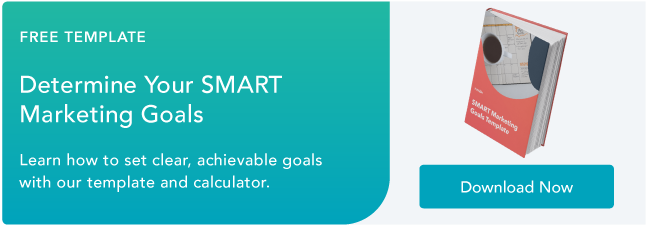

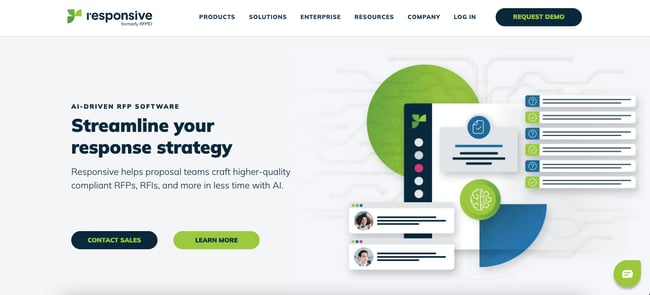
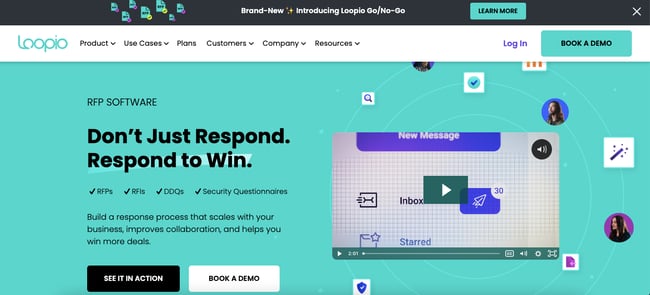
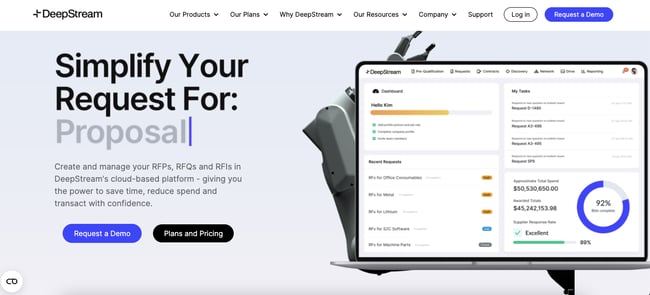
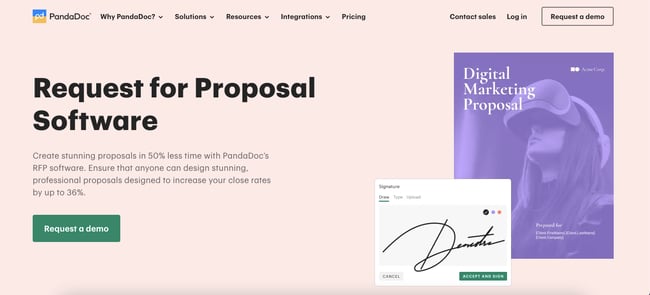
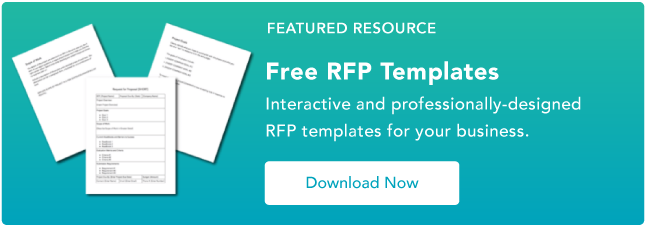

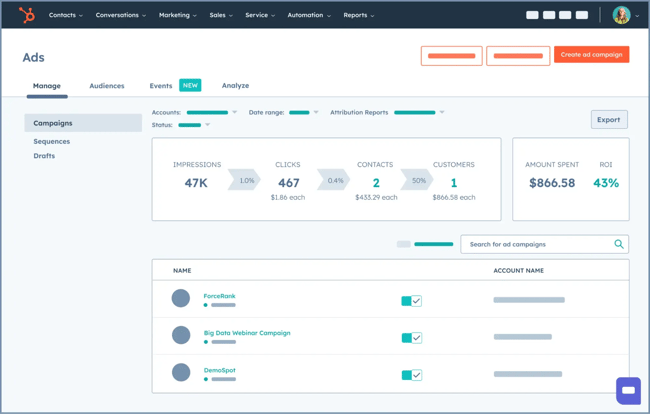

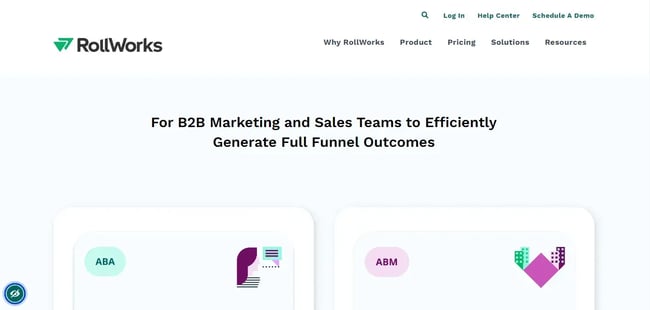
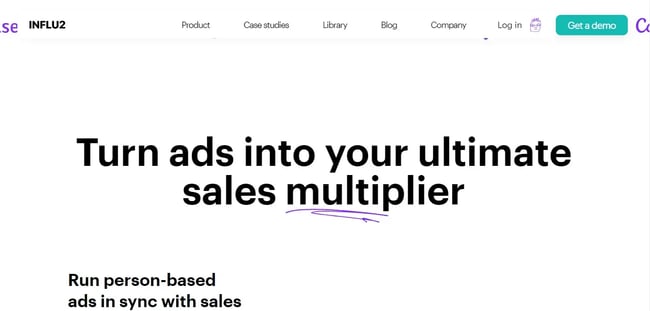
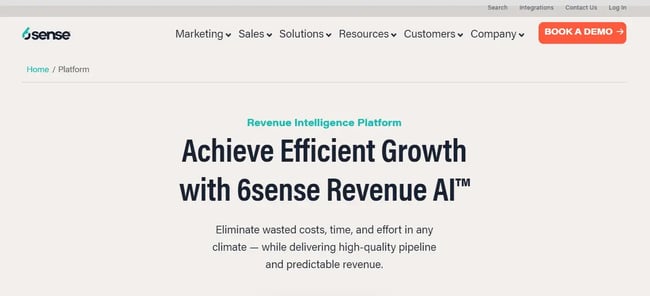
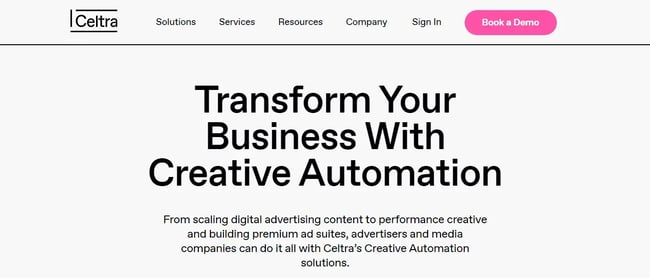
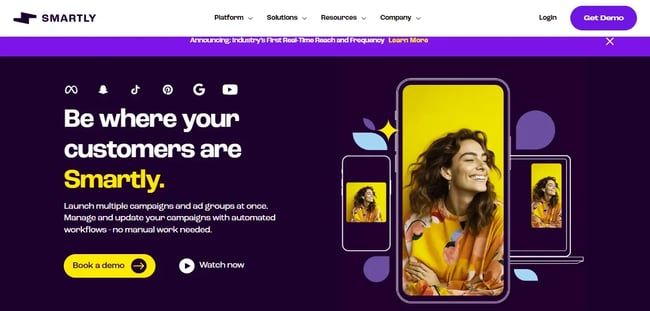
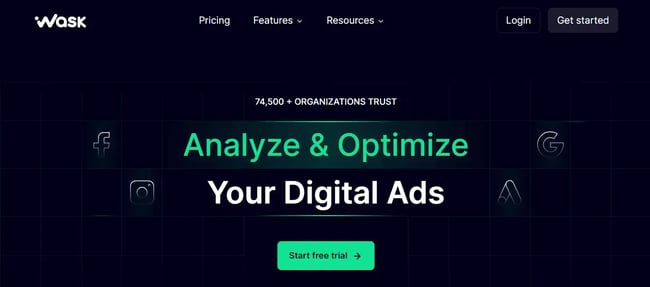


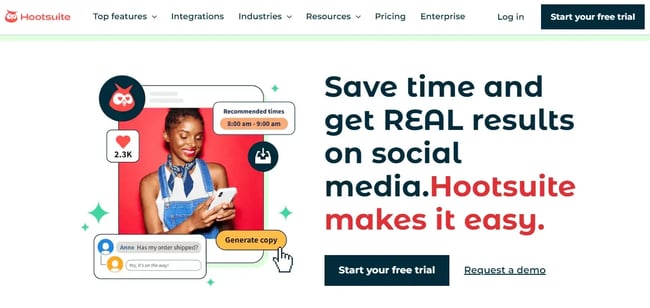
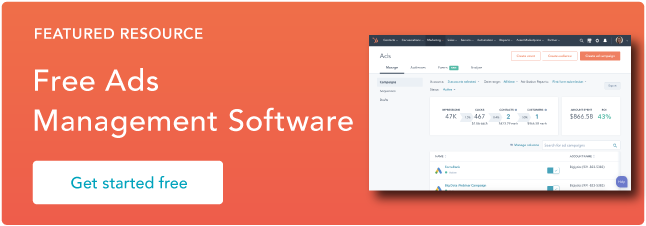
![Download 10 Excel Templates for Marketers [Free Kit]](https://i4lead.com/wp-content/uploads/2024/05/9ff7a4fe-5293-496c-acca-566bc6e73f42.png)


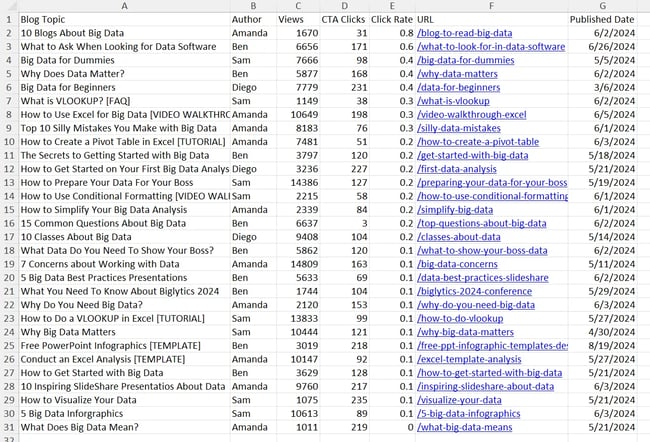
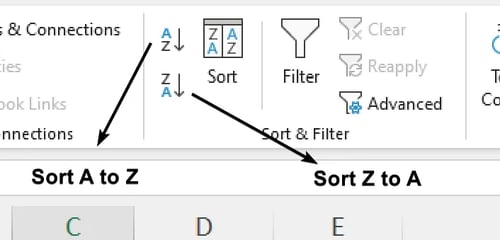
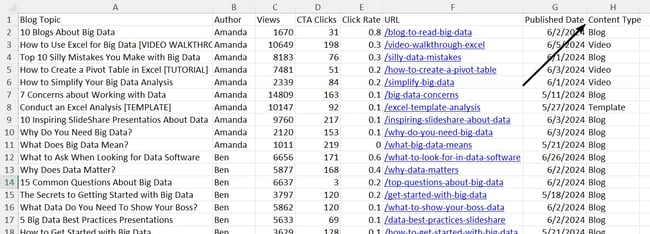
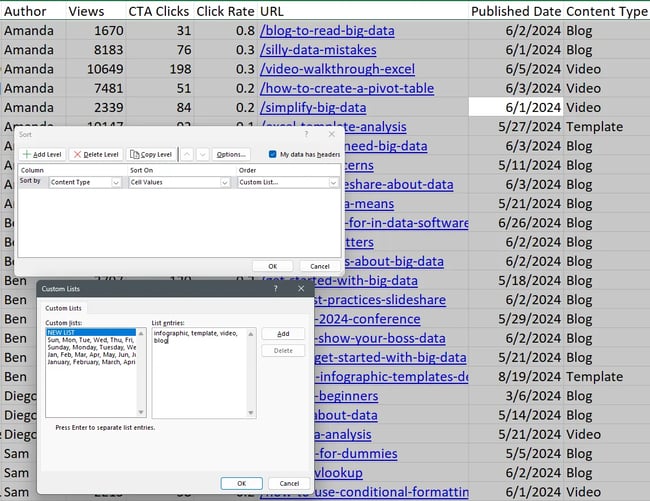
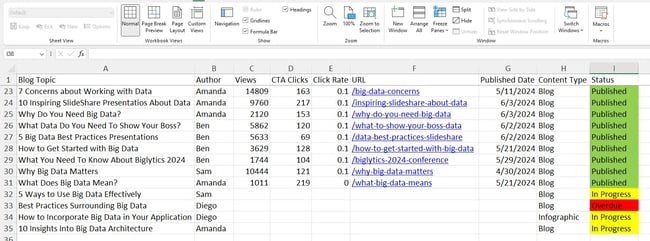
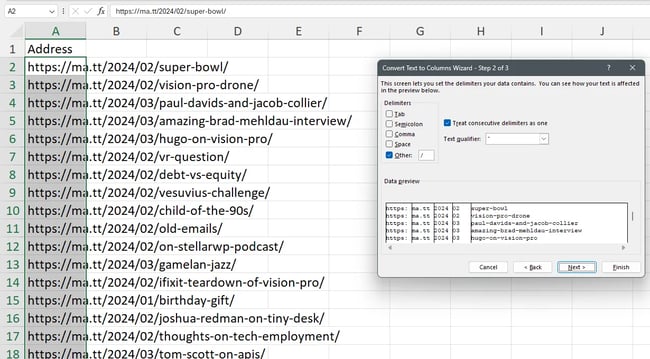


![→ Download Now: Market Research Templates [Free Kit]](https://i4lead.com/wp-content/uploads/2024/05/6ba52ce7-bb69-4b63-965b-4ea21ba905da.png)
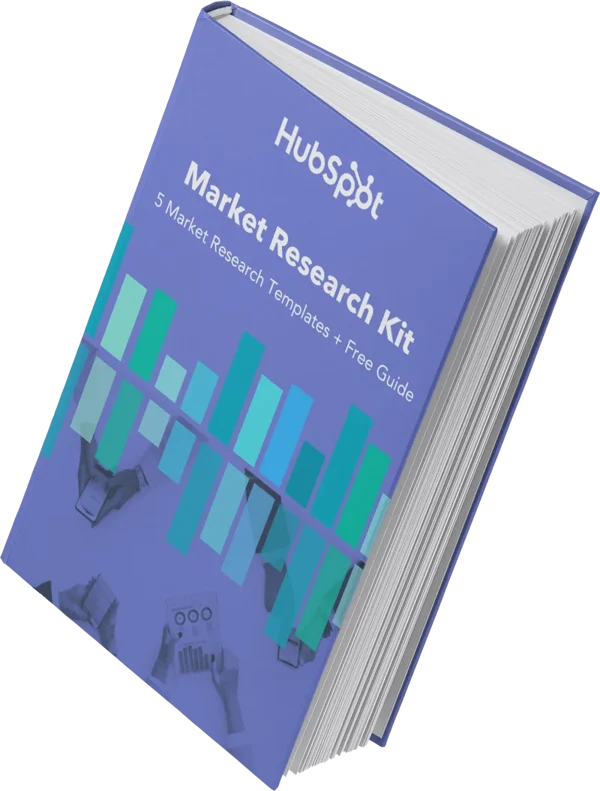
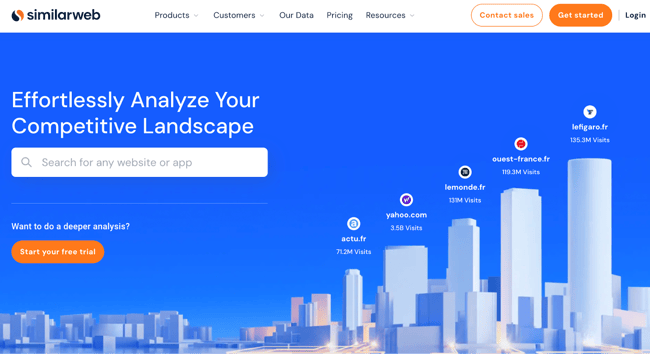
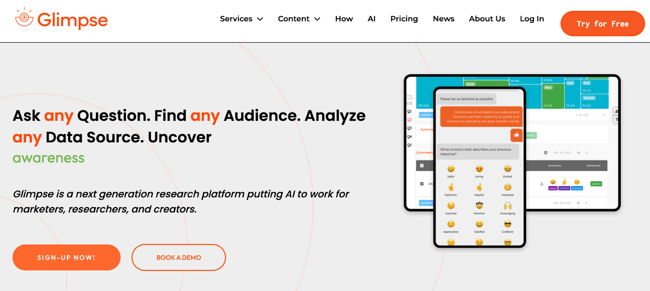
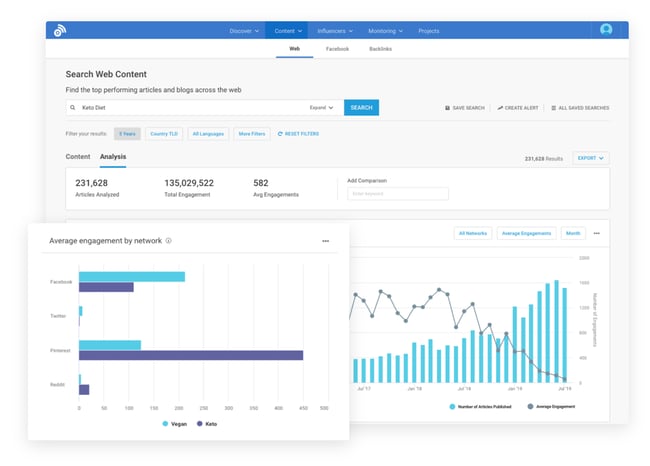
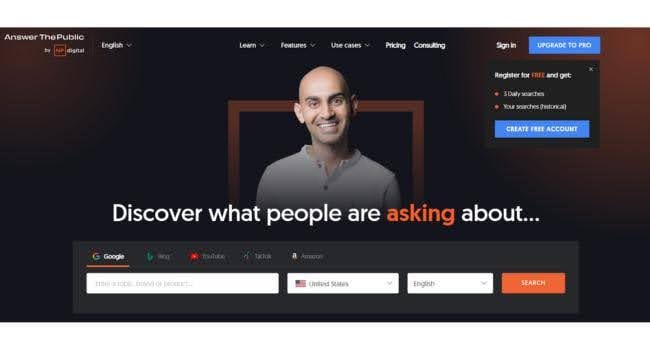
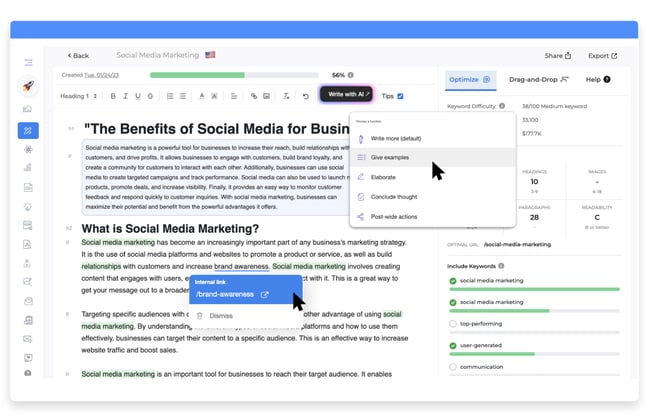
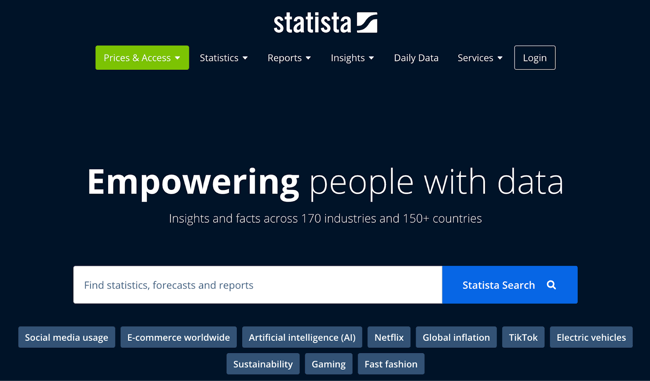
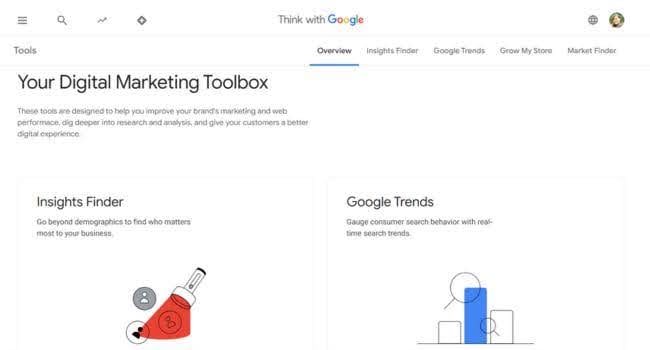
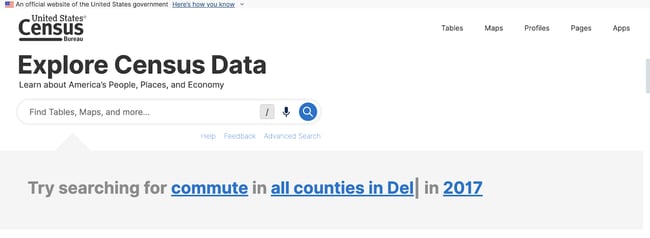

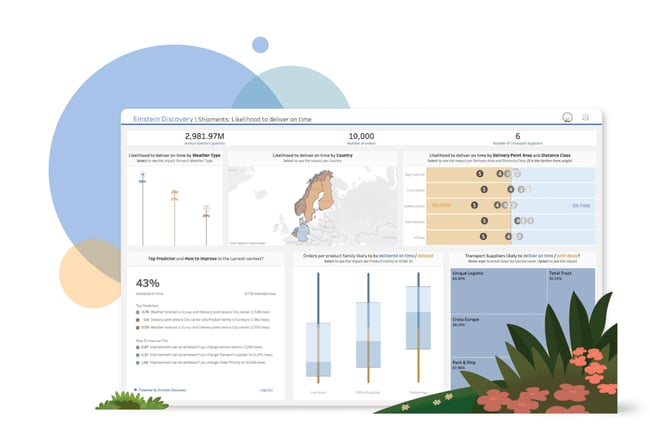
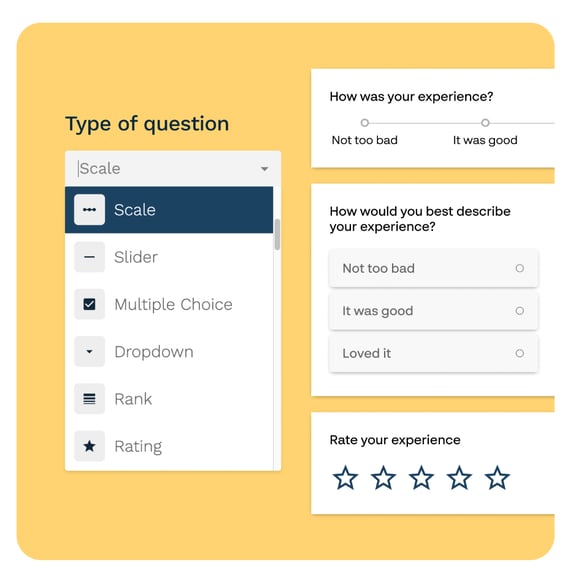
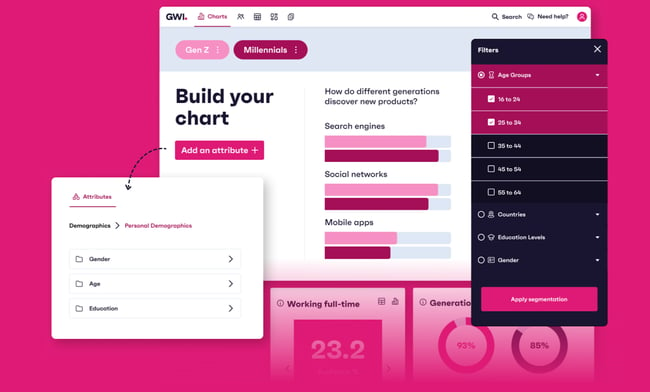

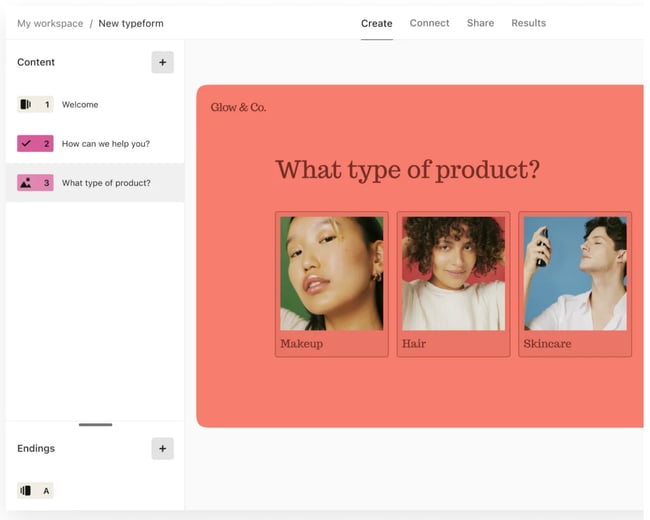
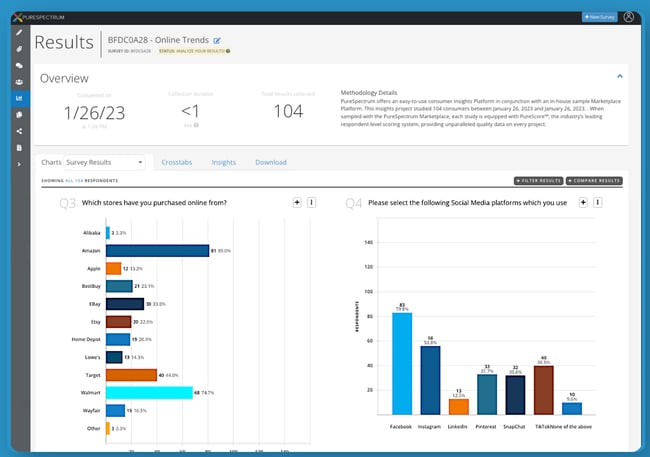

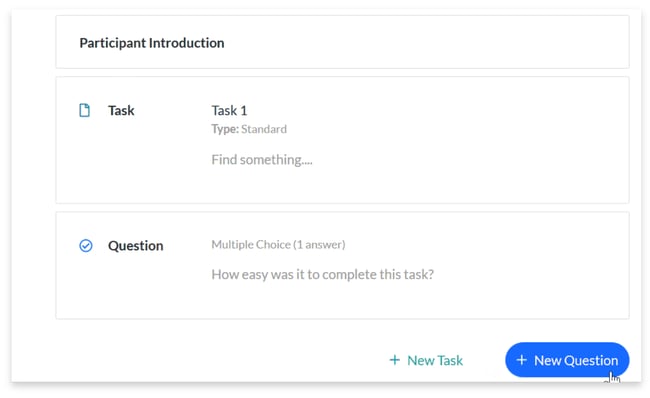
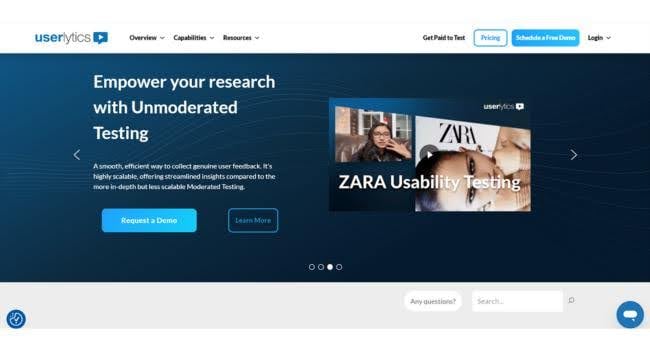
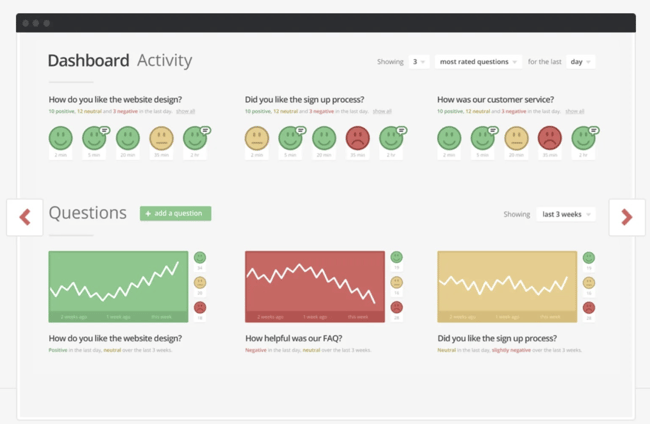
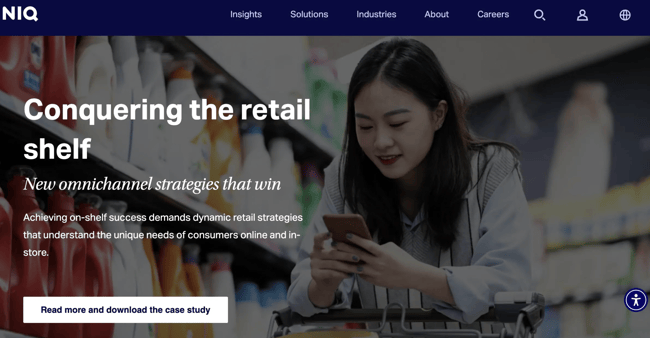
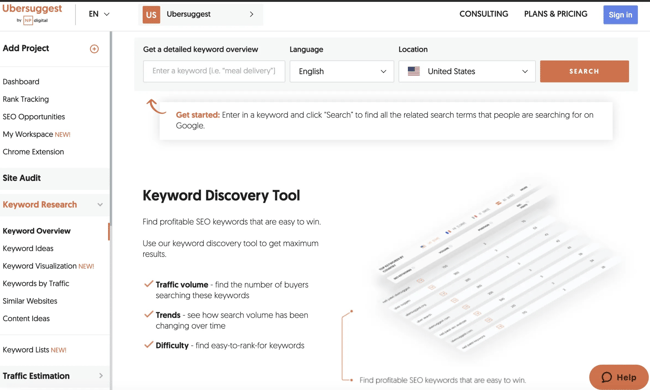
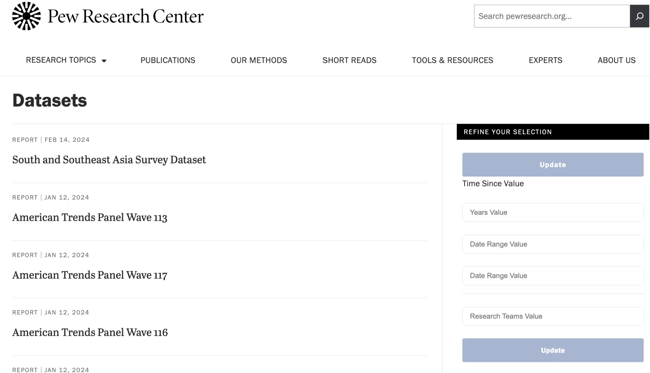

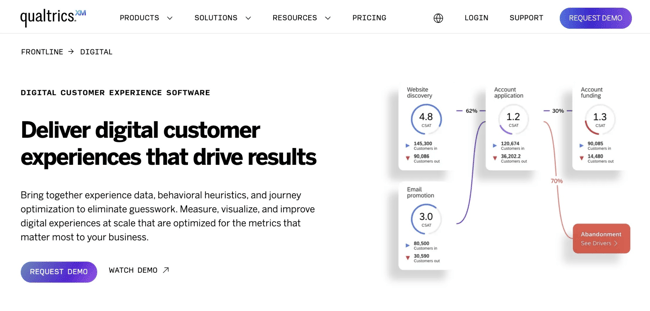


![Download Now: Free State of Marketing Report [Updated for 2024]](https://i4lead.com/wp-content/uploads/2024/04/db725f24-564c-483b-a28c-2d6ff9986516-4.png)

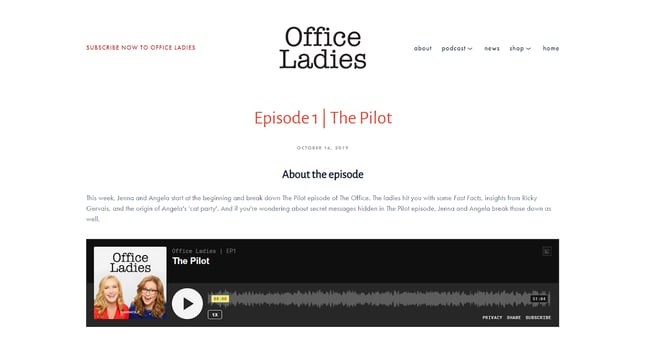


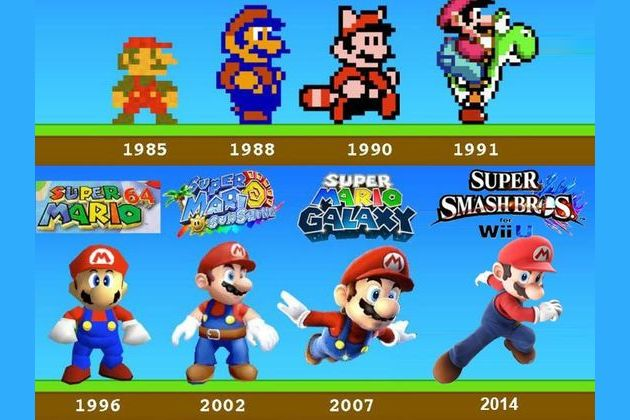
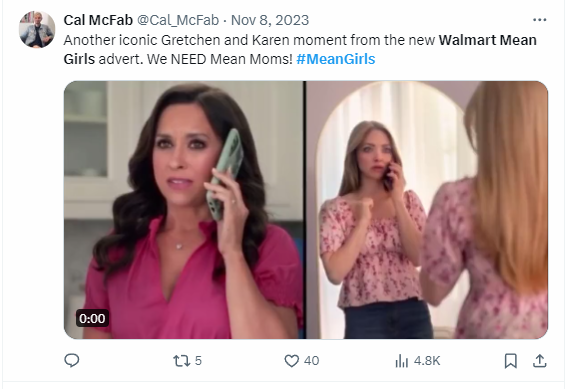


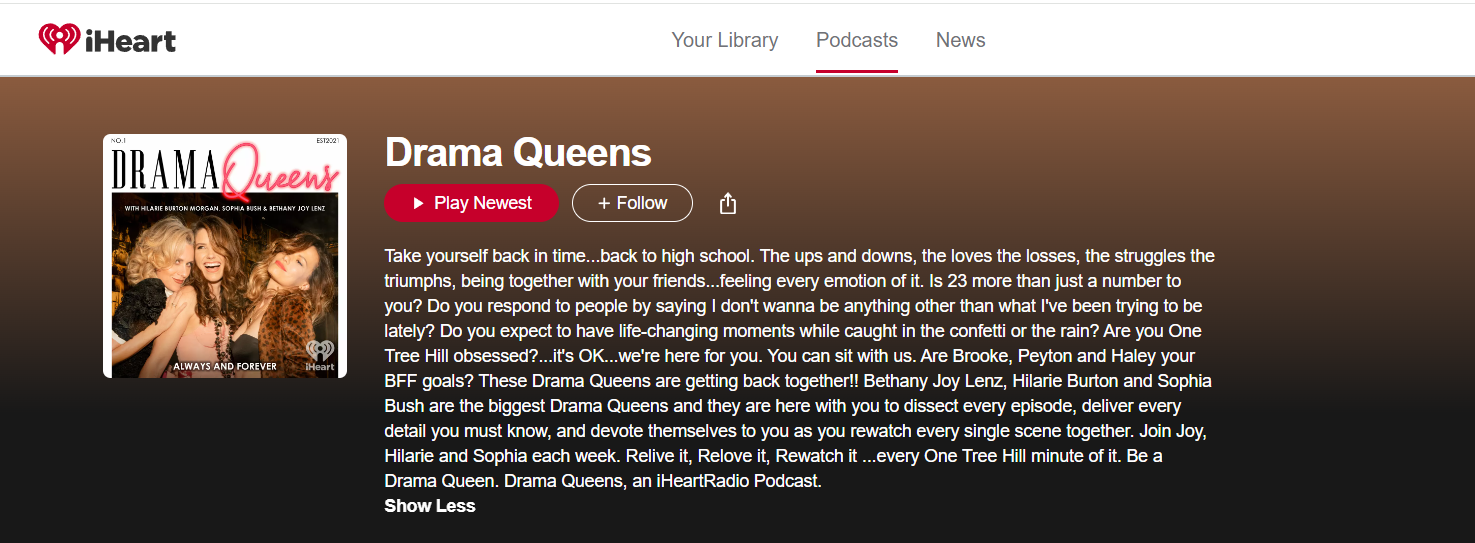



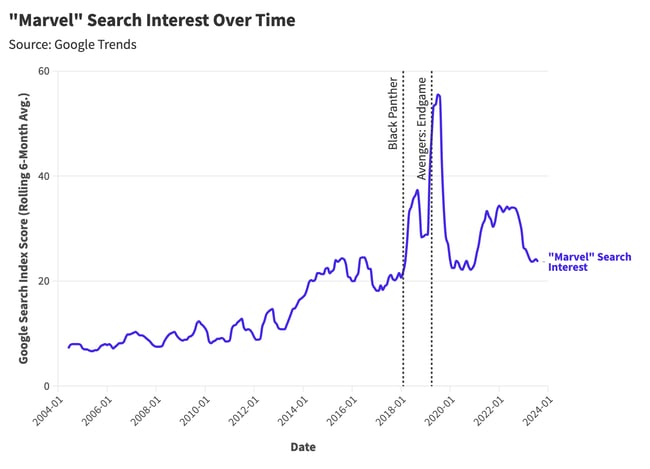
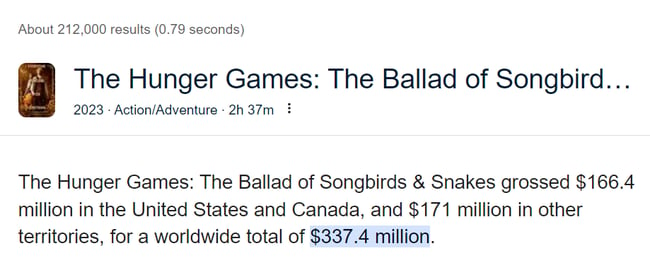



![Download Now: The State of U.S. Consumer Trends [Free Report]](https://i4lead.com/wp-content/uploads/2024/04/ebf9ec8e-a468-455a-943e-80aa4e6be694.png)

![Download Now: The 2024 State of Social Media Trends [Free Report]](https://i4lead.com/wp-content/uploads/2024/04/3dc1dfd9-2cb4-4498-8c57-19dbb5671820-5.png)
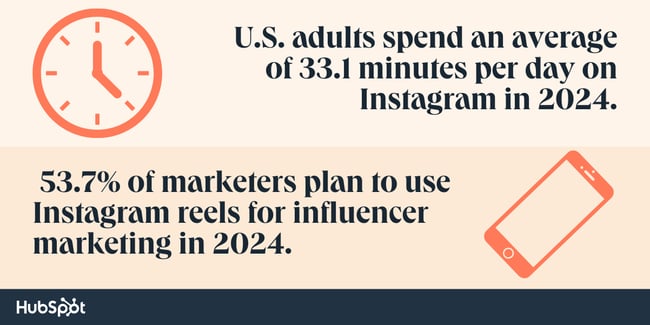
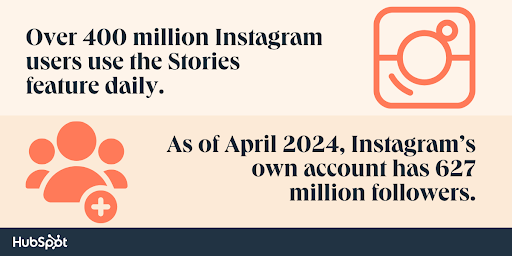

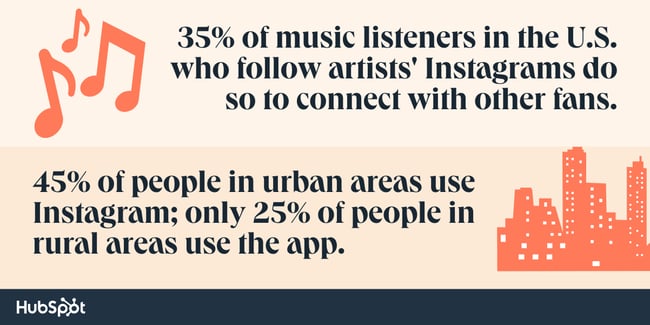
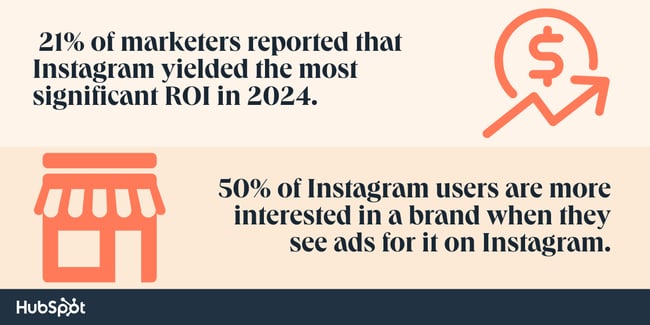


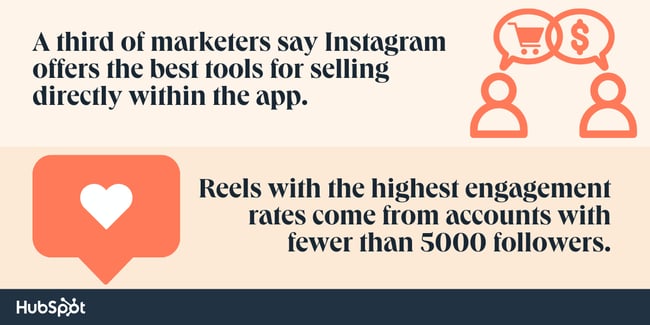
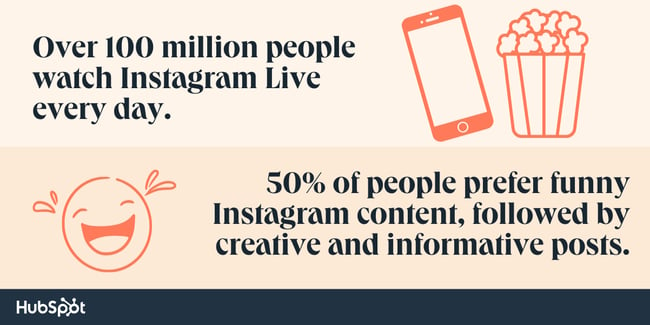
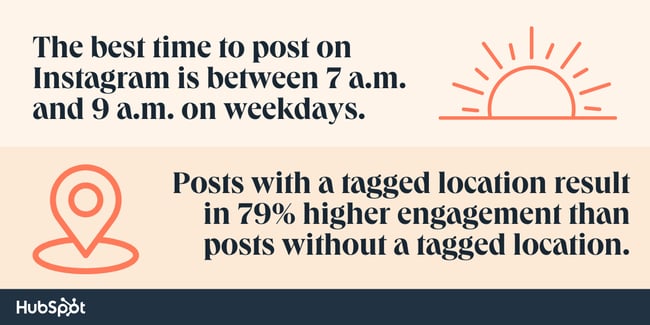
![→ Free Download: 10 PowerPoint Presentation Templates [Access Now]](https://i4lead.com/wp-content/uploads/2024/04/2d0b5298-2daa-4812-b2d4-fa65cd354a8e.png)
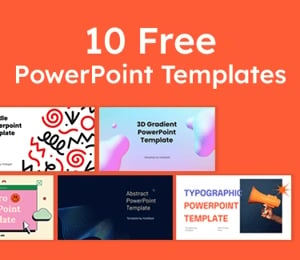
![Blog - Beautiful PowerPoint Presentation Template [List-Based]](https://i4lead.com/wp-content/uploads/2024/04/013286c0-2cc2-45f8-a6db-c71dad0835b8.png)

